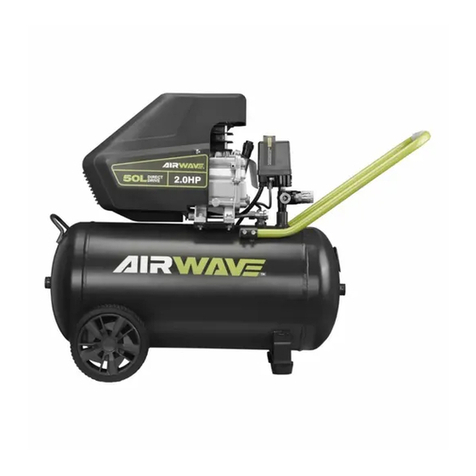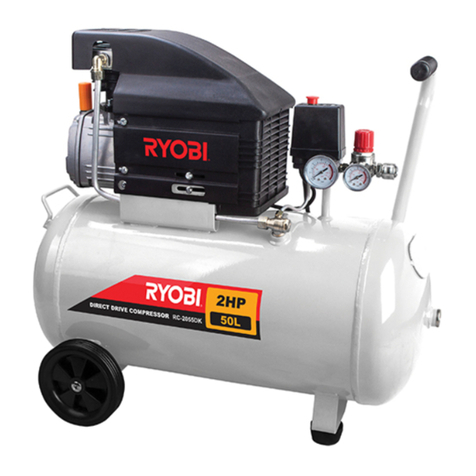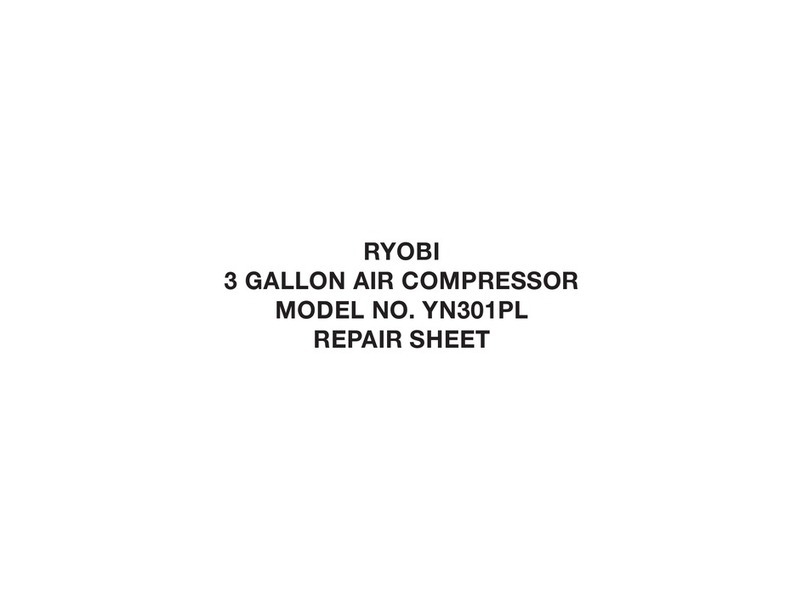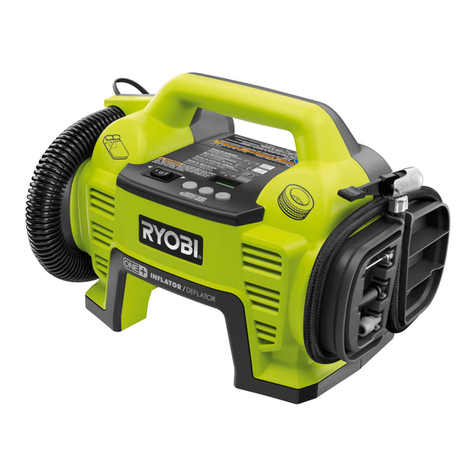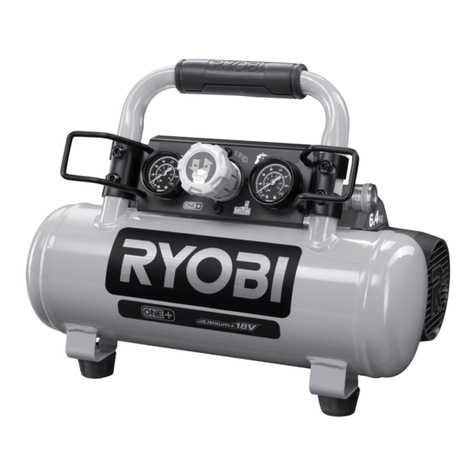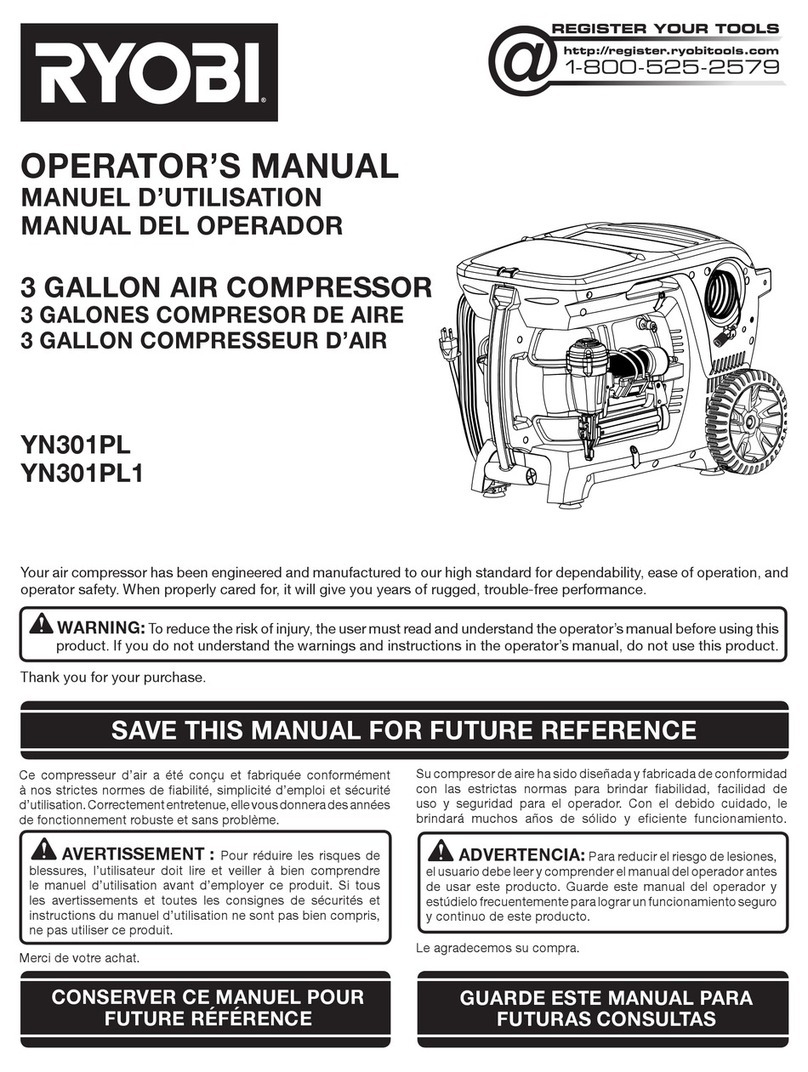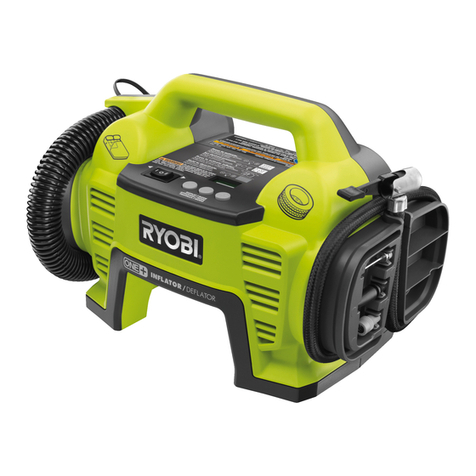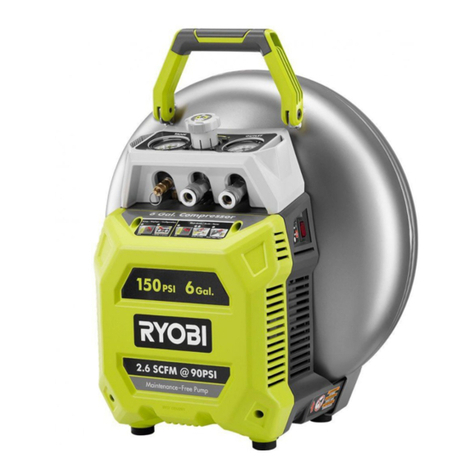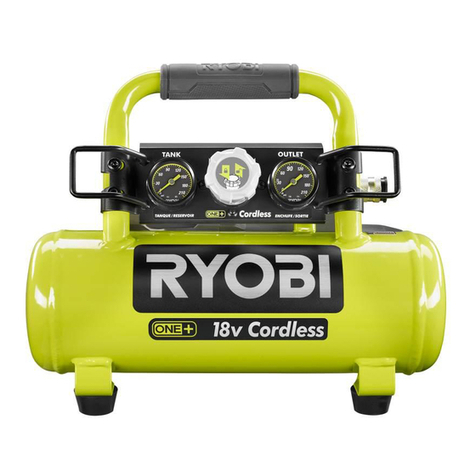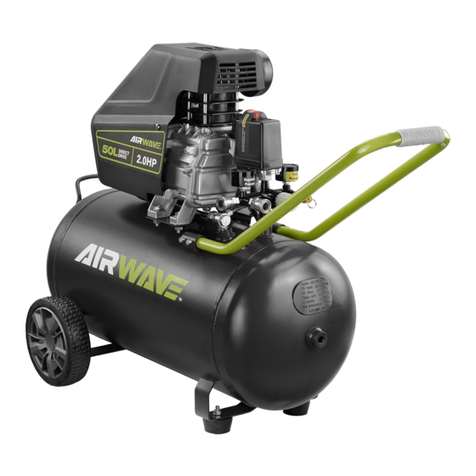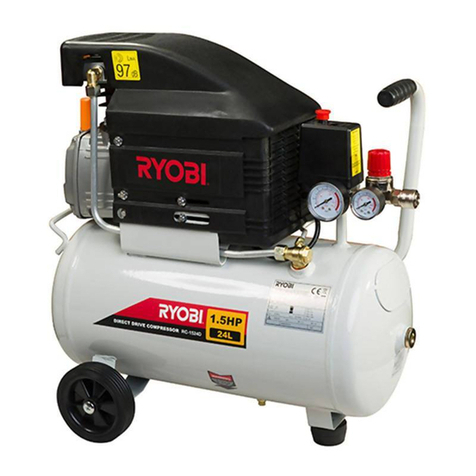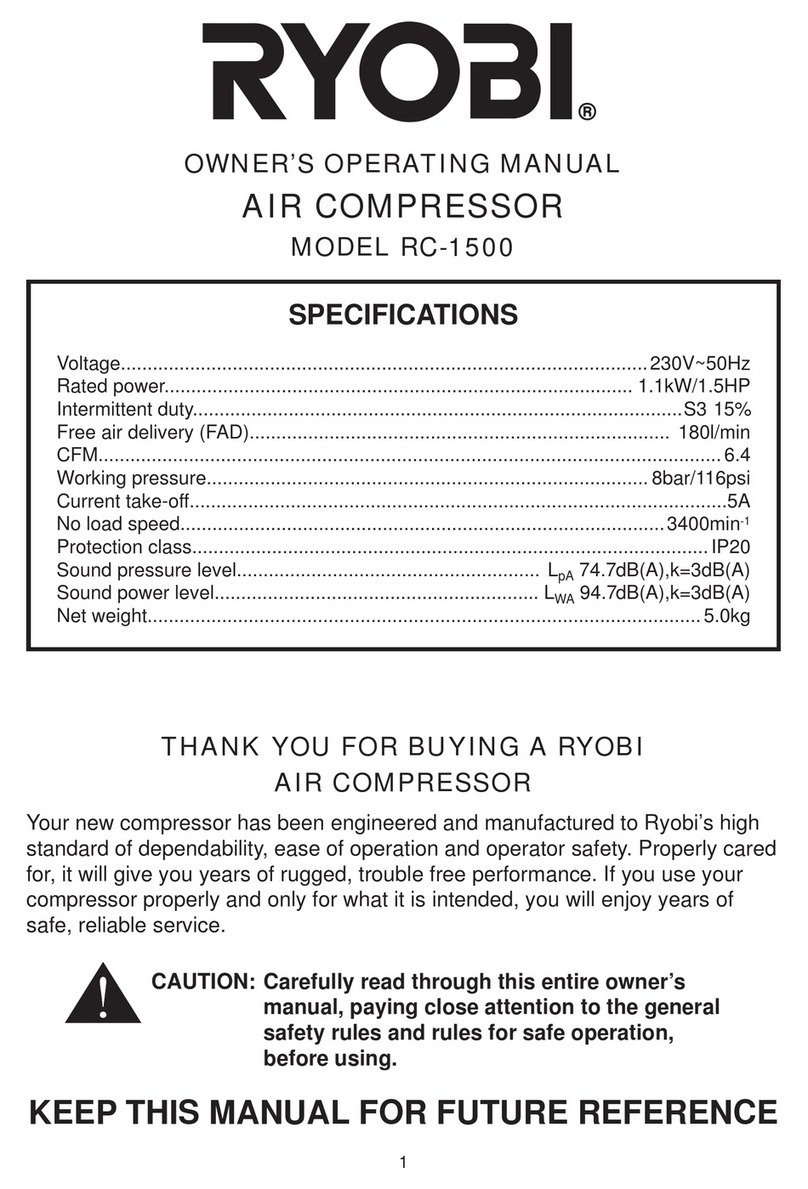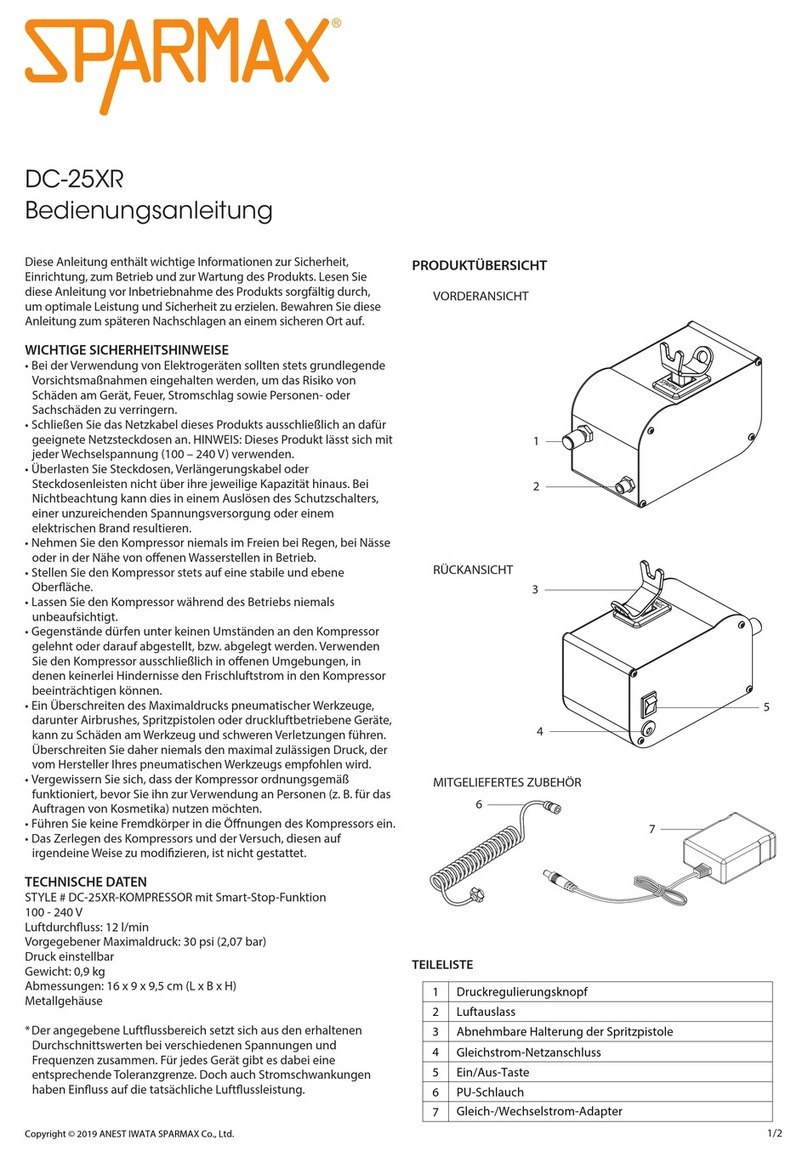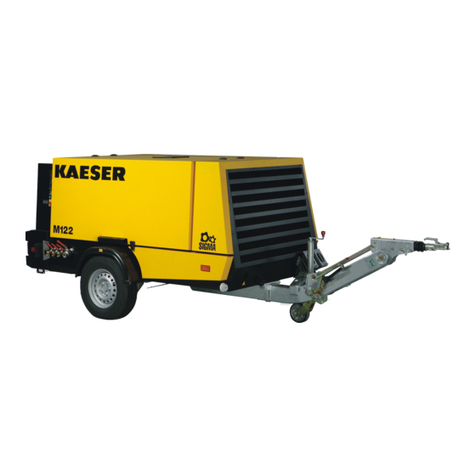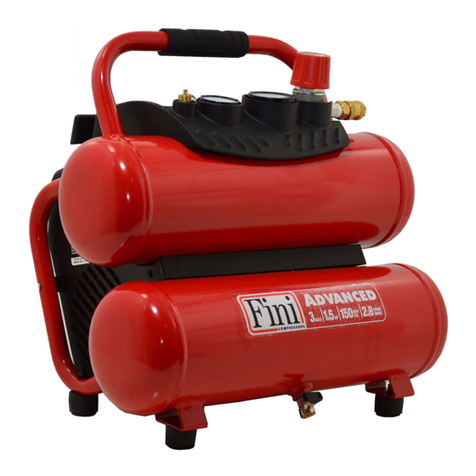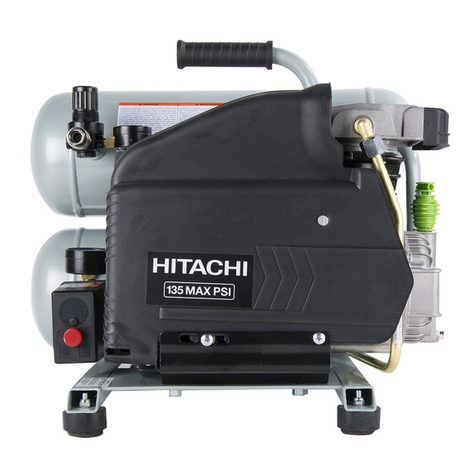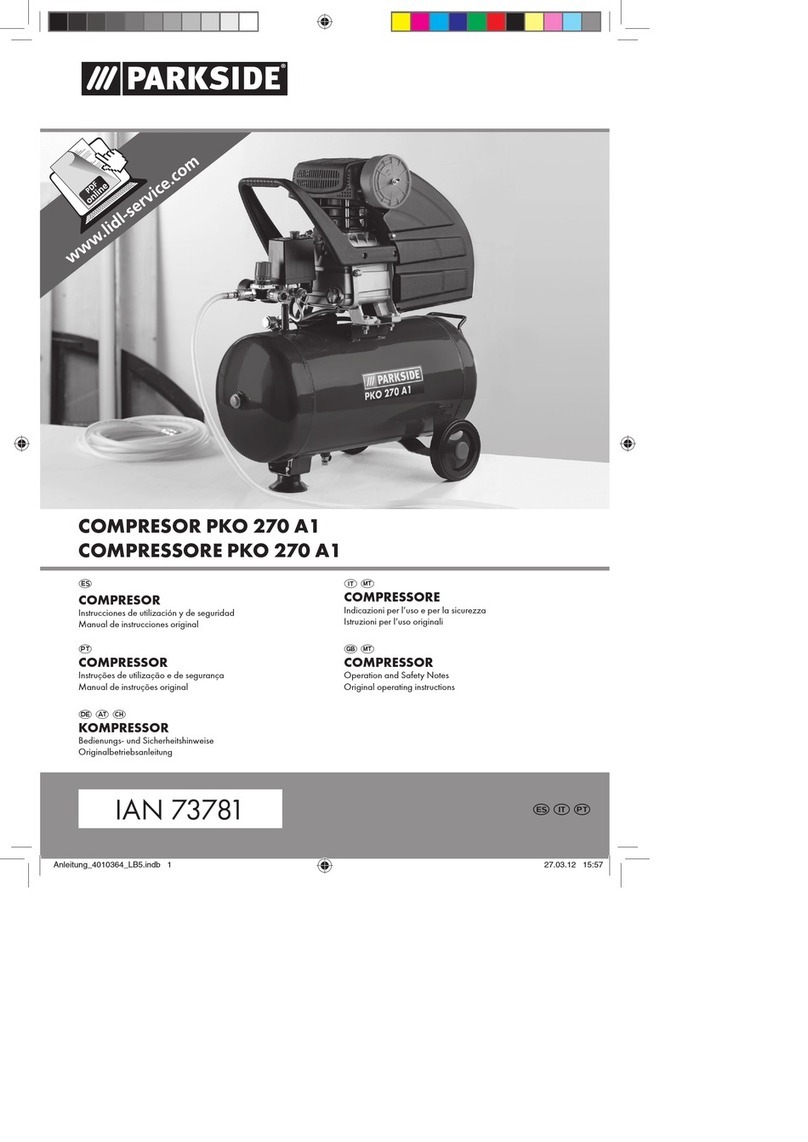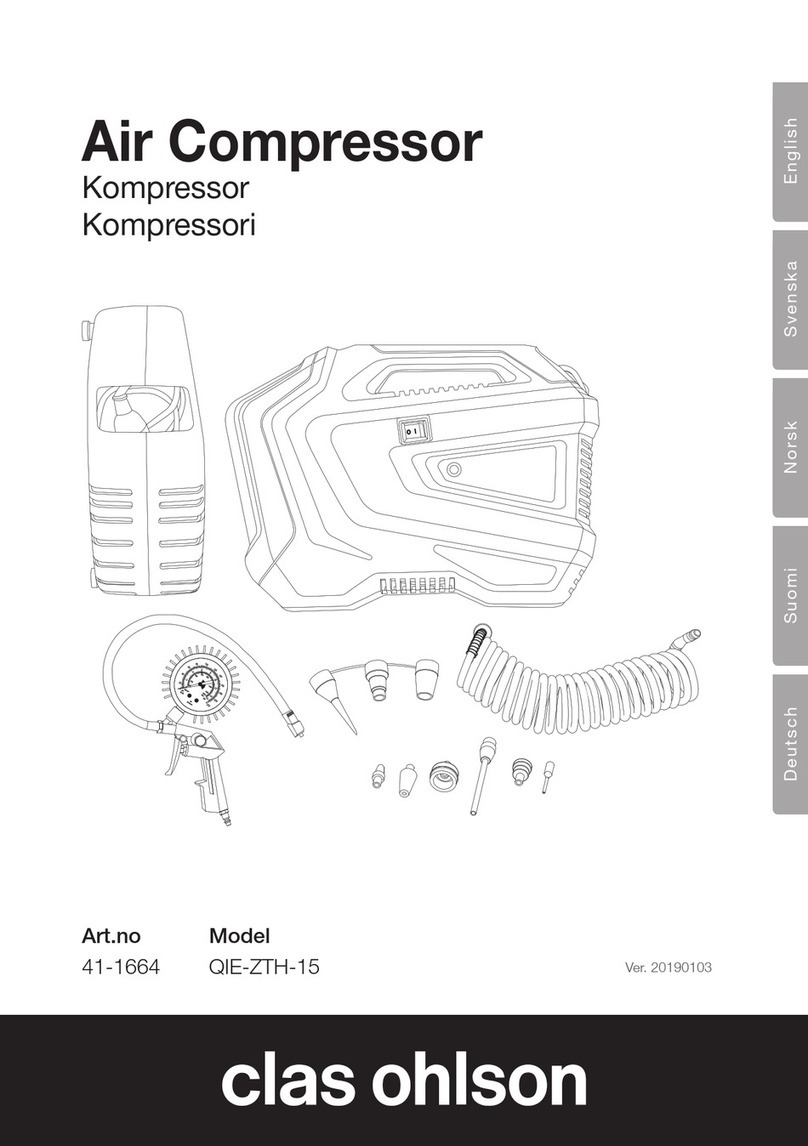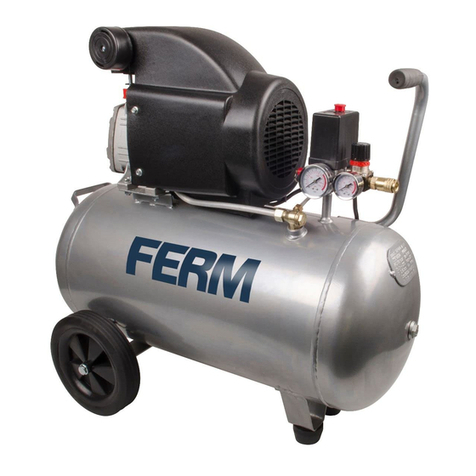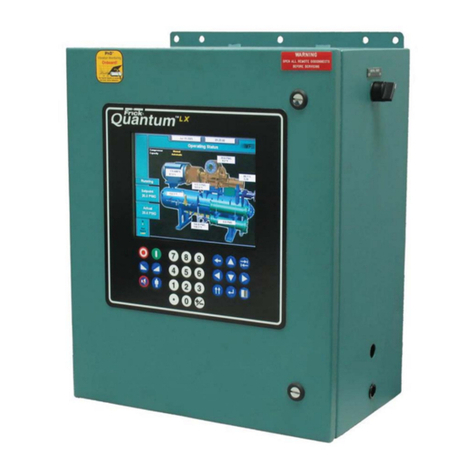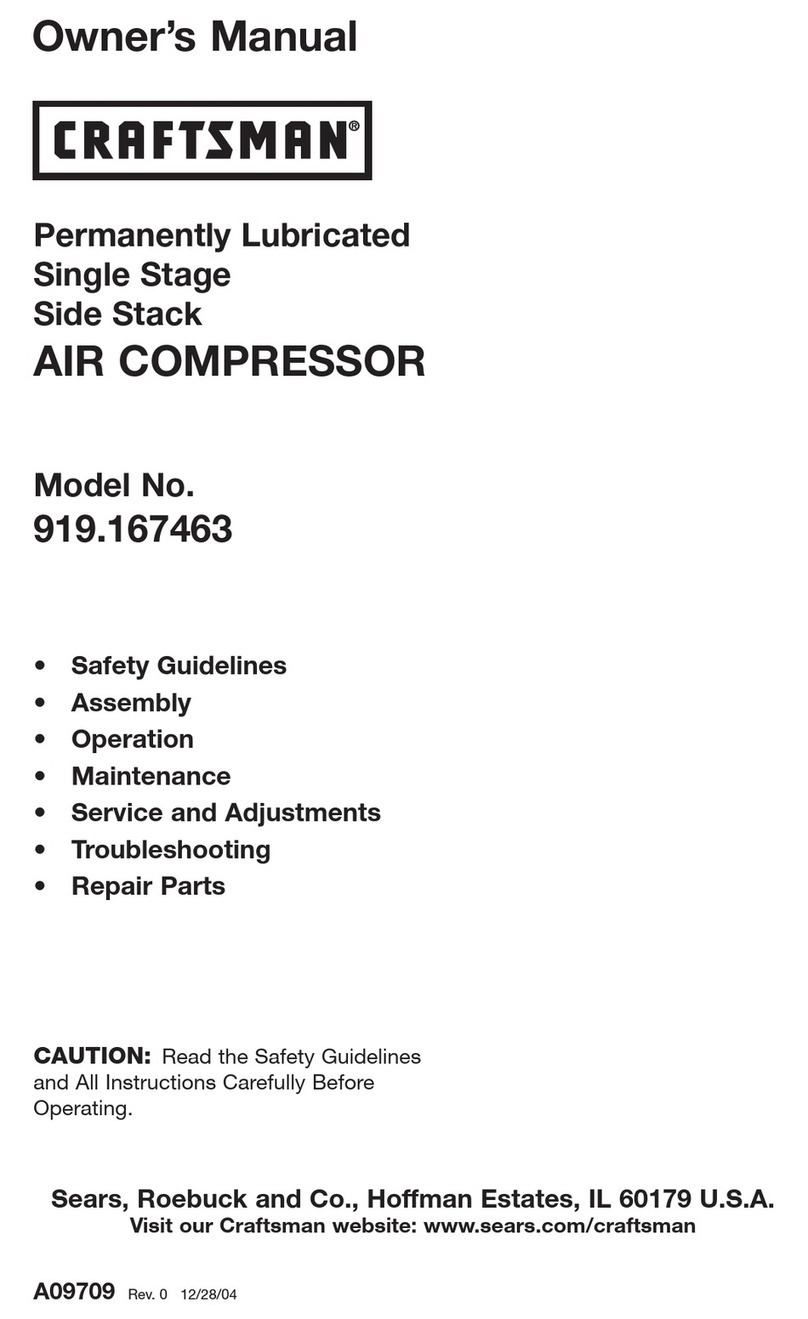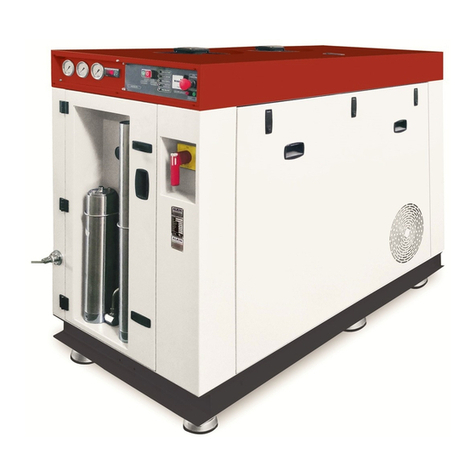
1
GENERAL SAFETY WARNINGS
WARNING
Read and understand all instructions. Failure to follow
all instructions listed below, may result in electric shock,
re and/or serious personal injury.
Read all instructions.
Know your power tool. Read the operator's manual
carefully. Learn the applications and limitations as well as
the specic potential hazards related to this tool.
WORK AREA SAFETY
■Keep work area clean. Cluttered areas and benches
invite accidents. Do not leave tools or pieces of wood
on the tool while it is in operation.
■Do not use in dangerous environments. Do not use
power tools in damp or wet locations or expose to rain.
Keep the work area well lit.
■Keep children and visitors away. All visitors should
wear safety glasses and be kept a safe distance from
work area. Do not let visitors contact tool or extension
cord while operating.
■Never use in an explosive atmosphere. Normal
sparking of the motor could ignite fumes.
ELECTRICAL SAFETY
■Guard against electrical shock by preventing body
contact with grounded surfaces, e.g., pipes, radiators,
ranges, refrigerator enclosures.
■Do not abuse cord. Never carry tool by the cord or
yank it to disconnect from receptacle. Keep cord from
heat, oil, and sharp edges.
■Should any electrical component of the tool fail
to perform properly, shut off the power switch,
remove the plug from the power source and
replace before resuming operation.
■Do not expose power tools to rain or wet conditions.
Water entering a power tool will increase the risk of
electric shock.
PERSONAL SAFETY
■Stay alert and exercise control. Watch what you are
doing and use common sense. Do not operate tool
when you are tired. Do not rush.
■Dress properly. Do not wear loose clothing, neckties,
or jewellery that can get caught and draw you into
moving parts. Rubber gloves and nonskid footwear
are recommended when working outdoors. Also wear
protective hair covering to contain long hair.
■Always wear safety glasses with side shields.
Everyday eyeglasses have only impact-resistant
lenses; they are not safety glasses.
■Protect your lungs. Wear a face or dust mask if the
operation is dusty.
■Protect your hearing. Wear hearing protection during
extended periods of operation.
■Do not overreach. Keep proper footing and balance
at all times.
■Remove adjusting keys and wrenches. Form habit of
checking to see that keys and adjusting wrenches are
removed from tool before turning it on.
AIR COMPRESSOR USE AND CARE
■Do not exceed the pressure rating of any component
in the system.
■Protect material lines and air lines from damage or
puncture. Keep hose and power cord away from sharp
objects, chemical spills, oil, solvents, and wet floors.
■Check hoses for weak or worn condition before each
use, making certain all connections are secure. Do not
use if defect is found. Purchase a new hose or notify
an authorized service center for examination or repair.
■Release all pressures within the system slowly. Dust
and debris may be harmful.
■Store idle air compressors out of the reach of children
and other untrained persons. Air compressors are
dangerous in the hands of untrained users.
■Maintain air compressors with care. Follow
maintenance instructions. Properly maintained
products are easier to control.
■Check for misalignment or binding of moving parts,
breakage of parts, and any other condition that may
affect the product’s operation. If damaged, have the
air compressor serviced before using. Many accidents
are caused by poorly maintained products.
■Keep the exterior of the air compressor dry, clean,
and free from oil and grease. Always use a clean
cloth when cleaning. Never use brake fluids, gasoline,
petroleum-based products, or any strong solvents to
clean the unit. Following this rule will reduce the risk of
deterioration of the enclosure plastic.
SERVICE
■When servicing use only identical replacement parts.
Use of any other parts may create a hazard or cause
product damage.
Save these instructions. Refer to them frequently and
use them to instruct other users. If you loan someone
this tool, loan them these instructions also.
AIR COMPRESSOR SAFETY WARNINGS
■Know your air compressor. Read operator’s manual
carefully. Learn its applications and limitations, as
well as the specific potential hazards related to this
product. Following this rule will reduce the risk of
electric shock, fire, or serious injury.
■Drain tank of moisture after each day's use. If unit will

